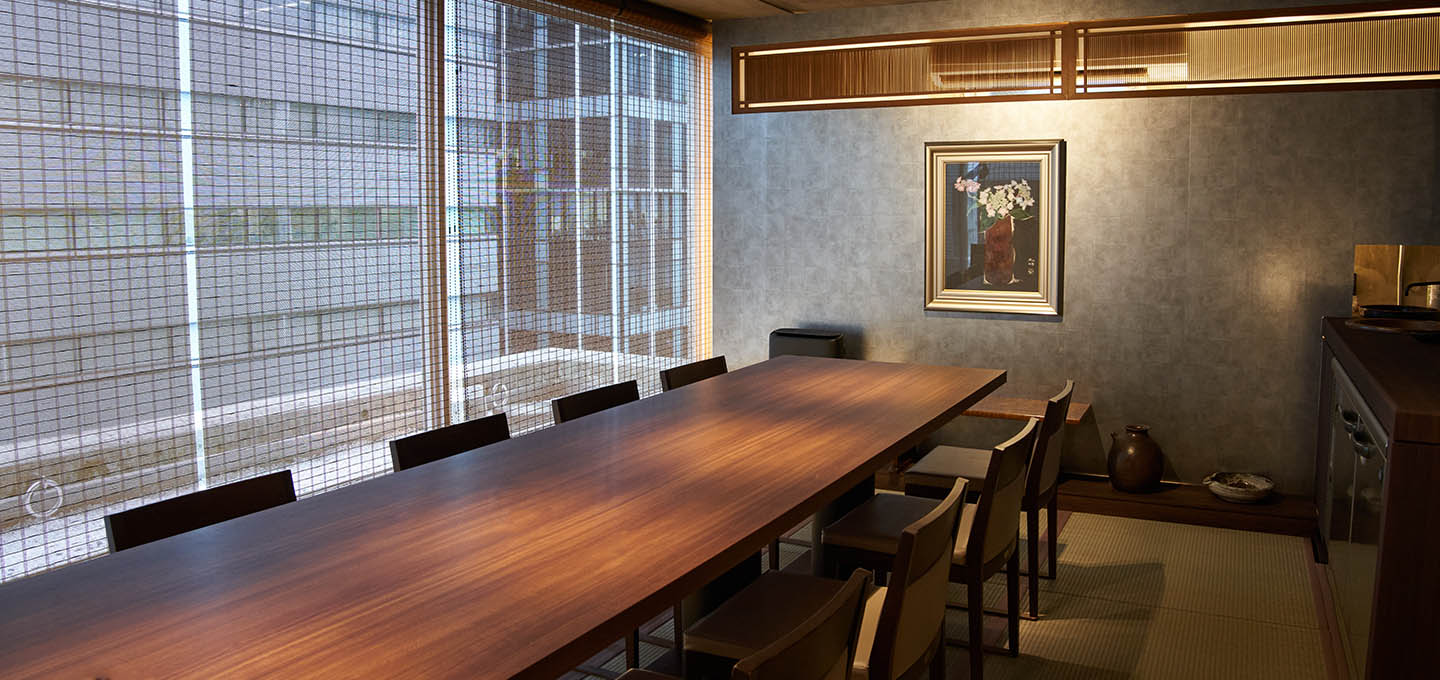
Special Experience
Tokyo
Savor Rare Sake Paired with Edo-Style Cuisine at Nihonbashi, Tokyo
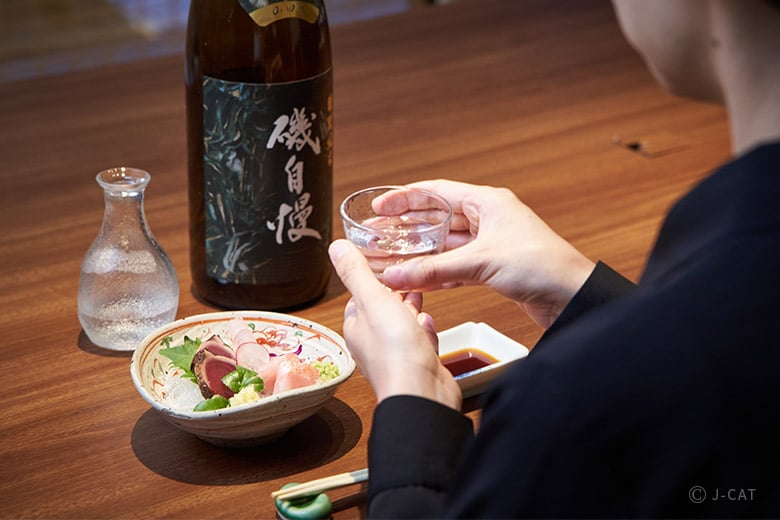
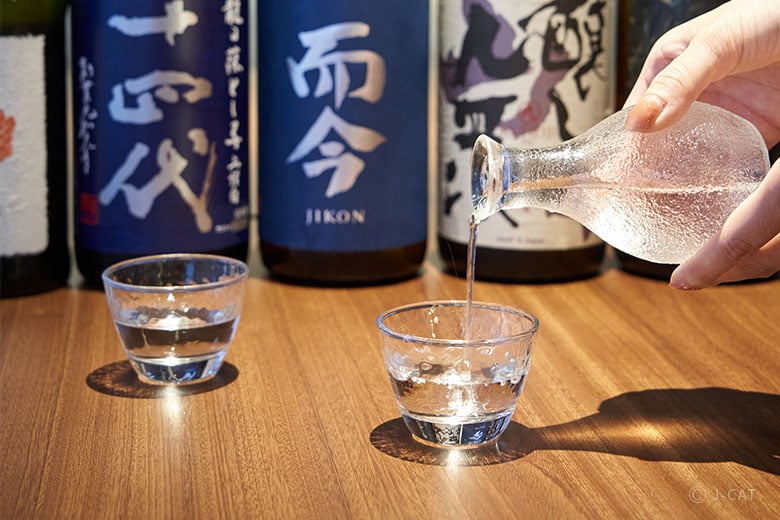
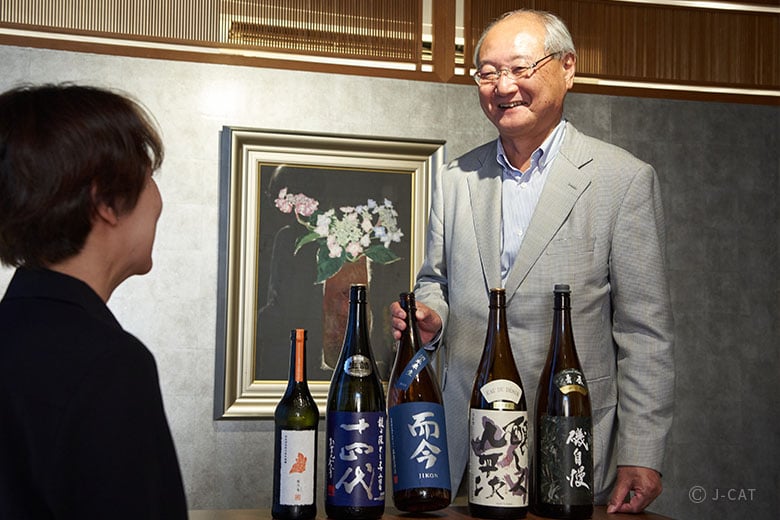
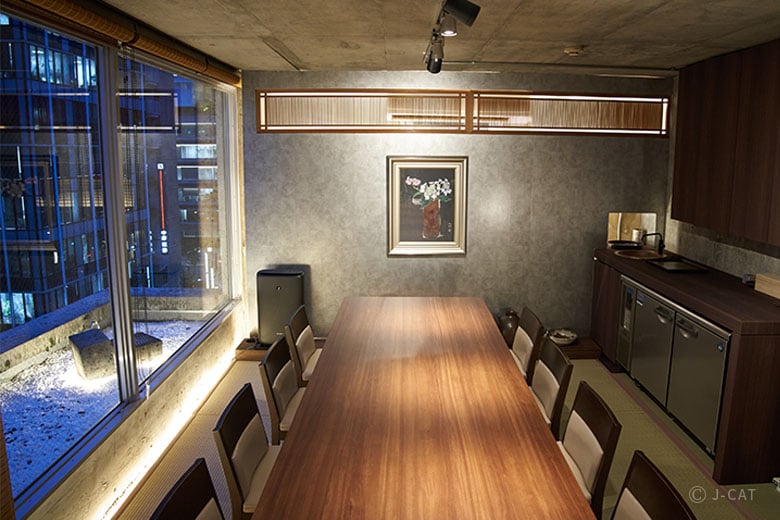
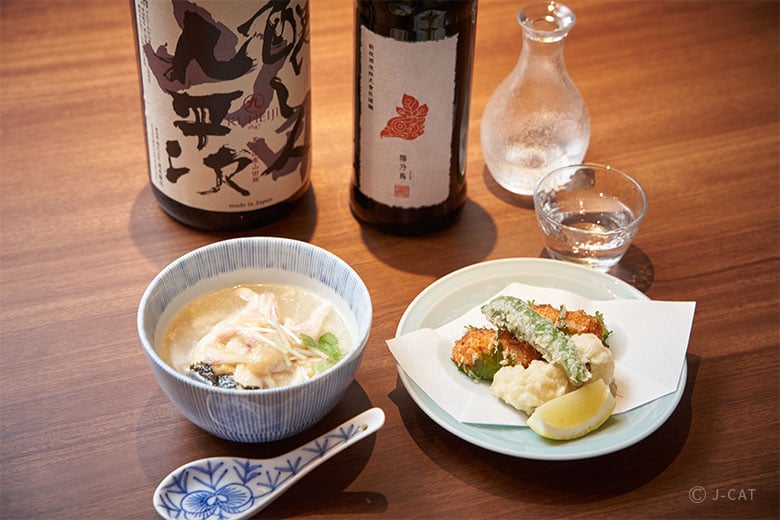
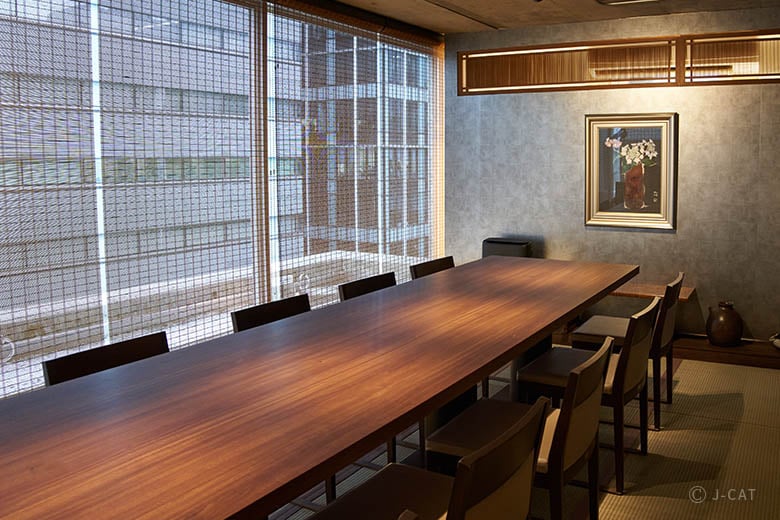
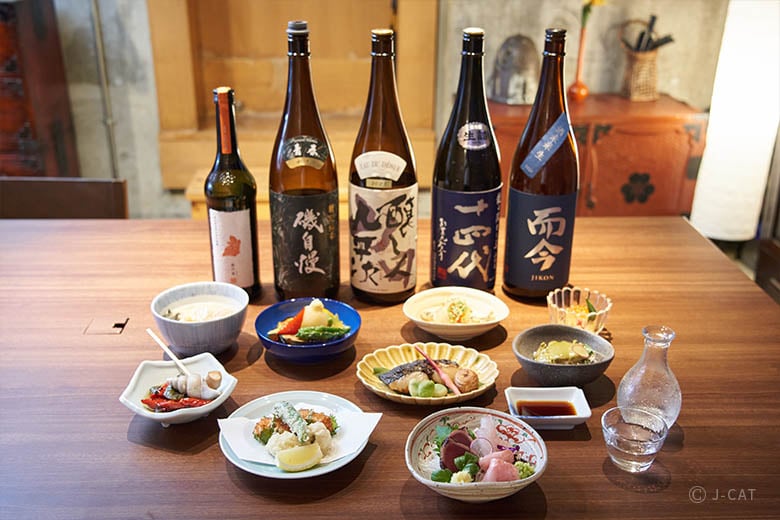
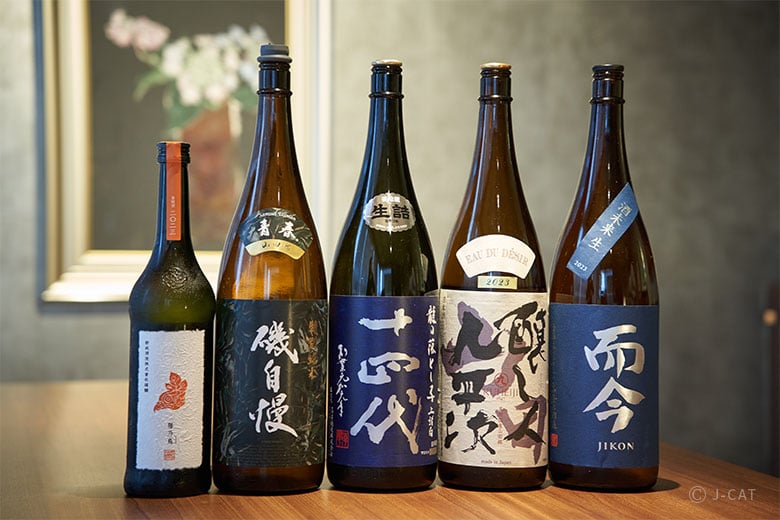
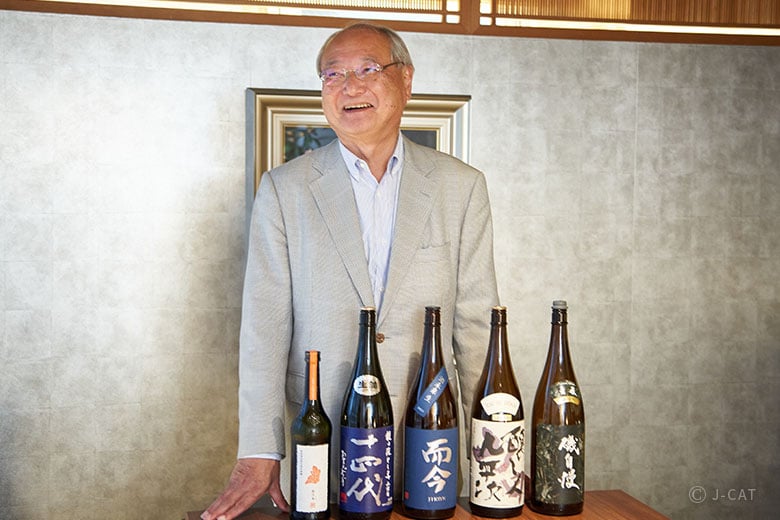
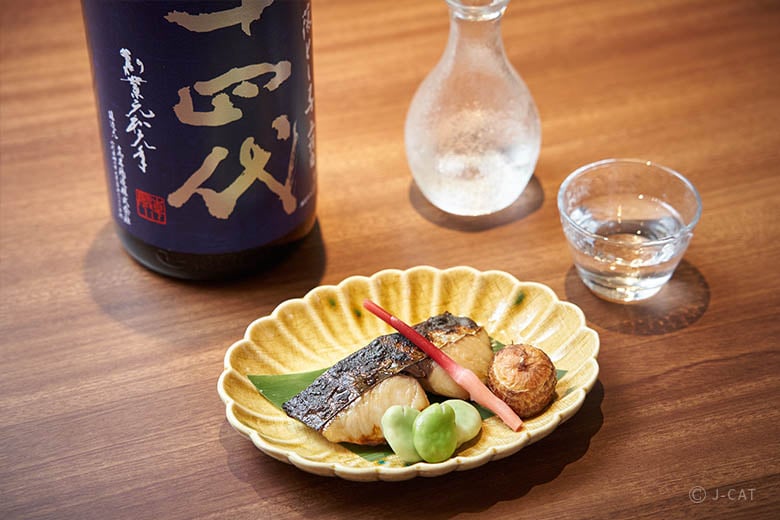










Overview
Step into the world of sake at Tokyo's Nihonbashi district, a thriving hub for trade and commerce since the Edo period (1603-1868). In a private room at the Japanese restaurant Moromiya, sample five rare types of sake from all over Japan, each paired with Edo cuisine, Tokyo's local delicacies. In addition to this course-style sake pairing, learn about the sake brewing process, the characteristics of different breweries and types of sake in Japan, and more.
Key Features
・Taste and compare five rare sake brands that are not widely available to the general public
・Learn all about sake from the staff members of a shop that deals with sake breweries across Japan
・Along with your sake, enjoy a course meal of Edo cuisine—Tokyo's local specialties—made with the finest seasonal ingredients
Tokyo
90mins
from ¥33,000 /person
1 - 10 participants
Available in English
Cancel free up to 4 days prior
Details
Indulge in Seasonal Delights at Nihonbashi, a Flourishing Commercial Center Since the Edo Period
Tokyo's Nihonbashi district is a historical area that served as the starting point of the Gokaido, the collective name for the five main transport routes during the Edo period (1603–1868). Because Nihonbashi's strategic location connected Edo (the former name for Tokyo) to various regions, it flourished as a bustling castle town where people gathered and goods were traded.
Even today, Nihonbashi still thrives as one of Tokyo's leading commercial centers while carrying an air of old-world prestige from the Edo period. It is in this district that you will find the Japanese restaurant Moromiya, which boasts a finely curated selection of premium sake.

Have a memorable time at this private room for small groups
Moromiya is operated by Kitamura Shoten, which, since its inception in 1911, has supported the sake-brewing industry by dealing with breweries across Japan, providing brewing equipment, and so on.
Moromiya is specially equipped with a server that pours freshly pressed namazake (unpasteurized sake) into a glass. What sets namazake apart from regular sake is that it is not heated during the manufacturing process. On the one hand, this gives namazake a fresher taste, but on the other hand, it also makes namazake prone to oxidation, which adversely affects its flavor. With this server, however, you can enjoy fresh namazake from the brewery without worrying about oxidization.
This experience will be held at a private room at Moromiya, where you can indulge in a pairing session of five rare sake brands and Edo-style cuisine made with fine and fresh seasonal ingredients.

Masakatsu Kitamura, a representative of Kitamura Shoten, regularly travels to various sake breweries across Japan (note: your facilitator for this experience may vary)
A Finely Curated Selection of Premium Sake from Across Japan
In this experience, you will have the opportunity to taste rare sake brands that are not widely available to the general public. Breweries, through several liquor shops, sell these wholesale to a limited number of restaurants. This means that even if you directly visit the breweries that created these brands, you are not guaranteed to be able to try them.

Also included in Moromiya's lineup are rare sake brands that can only be found at a limited number of shops in Japan
Moromiya's sake lineup regularly varies; brands are chosen to complement the season's ingredients. For example, the five brands presented for the purpose of this article were Jikon, Juyondai, Kamoshibito Kuheiji, Isojiman, and Aramasa Hinotori. All were characterized by an intricately fruity flavor, making them easy to drink even for those unaccustomed to sake.
Discover How Sake Brewing was Carried Out Alongside Rice Farming
Before the sake tasting, you'll learn about sake brewing from the staff of Kitamura Shoten. The explanation will start with an introduction to sake's distinctive characteristics and the sake manufacturing process. The ingredients for sake are simple: water and rice. But despite the simplicity of the ingredients, temperature and water control are important. This is where the skills of the toji (chief sake brewer) come into play.

Hear a variety of interesting stories from Mr. Kitamura and his staff members' travels to sake breweries all over Japan
To maximize the pure flavor of rice, sake is brewed early in the morning from autumn to winter, when the air is clear and bacteria are less likely to grow. Many kurabito (brewers working under the toji) were originally rice farmers. In the past, it was customary for farmers to plant rice in summer, harvest the rice in autumn, then brew sake in winter when there was no work. Thus, sake brewing is a technique unique to Japan that has been developed and passed down along with rice farming.
Additionally, the taste of sake varies depending on the rice-polishing ratio — that is, how much the rice was polished to remove the surface layer. The more the rice is polished, the more protein is removed, resulting in fewer odd flavors and a clearer taste. Sake with a high rice-polishing ratio is called ginjo or daiginjo. This type of sake is more expensive, as it is more labor-intensive.

You'll be amazed at the diverse flavors that can be created from two simple ingredients: water and rice
Once you've learned about the sake manufacturing process, trace the origins of each brand of sake to be sampled. Feel as if you're on a tour of sake breweries across Japan as you find out the name of each brewery behind each brand, its location and what it's like, why sake breweries flourished there, the toji's and kurabito's thoughts on the brand, and more.
Delectable Edo Cuisine That Makes Full Use of the Ingredients' Flavor
Having deepened your understanding of sake, it's time for the much-awaited sake pairing session. Complementing your sake is a course of seasonal Edo cuisine, with a focus on dishes made with fresh seafood, such as sashimi and tempura.
Named after the former name of Tokyo and the time period when it was popularized, Edo-style cuisine and its related cooking methods make the most of the ingredients' flavor as is. Since Nihonbashi has excellent water-transport routes thanks to the Nihonbashi River and its proximity to Tokyo Bay, it has an abundance of local ingredients — which will be used for your meal.

The pairing of sake and Edo dishes brings about new flavors, expanding the realm of culinary possibilities (exact offerings vary depending on the day)
Just like with wine, the key to a good sake pairing is to imagine how the sake will taste when paired with a certain dish. Once you have that part figured out, choose your sake accordingly.
For sashimi, for example, which sake to choose will depend on whether you'll be having red or white fish. A full-bodied sake goes well with red fish, while a lighter sake goes well with white fish and shellfish. There are many other possible combinations, such as pairing vinegared dishes with sake with a higher acidity.

Use multiple senses to feel the season's beauty and appreciate Edo-style cuisine, which highlights the ingredients' quality and flavor
Step Into and Delight in the Fascinating World of Sake
For this article, Moromiya paired Isojiman, which has a dry and sharp mouthfeel, with somen noodles and chiayu nanbanzuke (marinated baby sweetfish). Then, the full-bodied Juyondai was paired with flavorful sawara saikyo-yaki (grilled Spanish mackerel with white miso).
Next was well-seasoned steamed abalone with liver sauce paired with the Jikon, which was followed by tempura paired with the sour-tasting Kamoshibito Kuheiji.
After a final savory dish of tai-chazuke (tea over sea bream and rice), it was time to enjoy Aramasa Hinotori as a dessert sake. This sake is classified as shinsei kijoshu, a type of luxurious sake that is brewed by replacing some of the water with sake.
Learning the key points for pairing Japanese food with sake will surely come in handy the next time you drink sake. Put your newfound knowledge to good use, and you'll have more ways to enjoy sake.

Indulge yourself as you spend this luxurious time to your heart's content
This is a valuable opportunity to enjoy rare sake from all over Japan paired with Japanese cuisine made with fresh seasonal ingredients. If you have any questions about sake, don't hesitate to ask the staff members of Moromiya and Kitamura Shoten, as they will be more than happy to answer. Discover Japan's sake-brewing areas one brand at a time—all without leaving Tokyo—and satisfy your desire for sake-related knowledge and on this indulgent experience.
If you'll be visiting Tokyo for some sightseeing, how about spending some time at Moromiya to enjoy the delightful and refreshing world of sake?
Moromiya

Moromiya
Located in Nihonbashi, Moromiya is a Japanese restaurant that offers a carefully curated selection of sake from all over Japan and dishes that make use of the season's finest ingredients. The restaurant is equipped with a server that pours unpasteurized sake into your glass without oxidizing it, so you can enjoy sake made in the brewery as it is freshly pressed.
Customer's Voice
The presentation was very informative and both the food and sake we were given were of great quality. The venue was very nice and we had ample time to enjoy our experience.
J.K. United States
Fantastic! Met all of my goals and expectations. I am a smarter person now due to the wonderful education.
V.G. United States
Location
Moromiya
Chuo Ward, Tokyo
Request for booking
Select first preferred date (JST)
December 2025
Sun
Mon
Tue
Wed
Thu
Fri
Sat

Instant Booking

Request Booking

17
Full

17
Unavailable
Tokyo
90mins
from ¥33,000 /person
1 - 10 participants
Available in English
Cancel free up to 4 days prior
Things to know
Contact Us
If you have any questions, please contact us using the form below.
We also accept bookings from corporate clients and travel agencies.